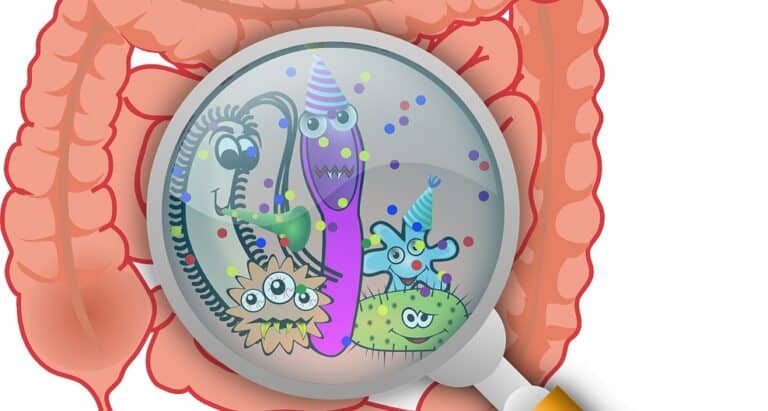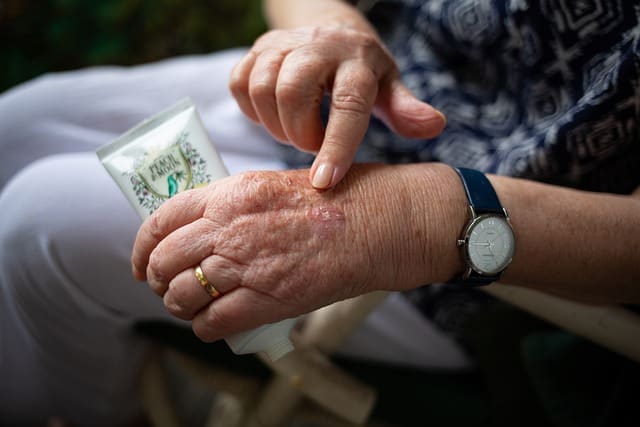Childhood obesity is a critical health concern that has been rising alarmingly over recent years. The prevalence of obesity in children has not only grown, but it’s reshaping the landscape of public health with new trends emerging constantly.
A firm grasp of childhood obesity is pivotal for its diagnosis and subsequent management. Beyond the numbers on the scale, healthcare professionals rely on specific criteria, such as body mass index (BMI) percentiles adjusted for a child’s age and sex, to diagnose obesity.
Yet, the condition extends beyond the clinic, deeply rooted in a complex web of risk factors. These encompass a range of elements from genetics to socioeconomic status, lifestyle choices, and even the built environment where children live and play. Recognizing these factors becomes essential to crafting effective interventions and curbing this growing epidemic.
Early Childhood Obesity Intervention Strategies
Early childhood obesity intervention strategies are multifaceted. They hinge on the timeliness of detection and the influence of caregivers and educational settings. People cannot overstate the importance of early detection.
Identifying at-risk children allows for prompt and targeted interventions that can halt the progression towards obesity and its associated health issues. Early interventions have the highest chance of success because they coincide with critical periods of development and behavioral plasticity.
Parents and Caregivers
Parents and caregivers are indispensable in shaping early dietary and physical activity patterns. Their actions and attitudes toward food and exercise serve as a child’s first learning experiences regarding health. Encouraging active play, limiting screen time, and providing nutritious meals are just a few ways parents can steer children toward healthier lifestyles.
Schools
Schools also have a unique capacity to affect children’s health outcomes. School-based programs can offer a structured approach to healthy eating and physical activity, often reaching children outside the home where they spend a significant portion of their day.
Comprehensive programs that include education about nutrition, structured physical education classes, and healthy food options can create an environment that supports overall health and combats obesity.
Nutritional Education and Diet Management for Childhood Obesity
Nutritional education and diet management are central pillars in the fight against childhood obesity. Teaching children how to establish healthy eating habits can set the foundation for a lifetime of good health.
It involves learning about the foods that support their growth and development and making informed choices that can prevent overeating and unhealthy weight gain.
Understanding nutritional needs is critical. Children are not miniature adults; their bodies require specific nutrients for growth and development.
Nutritional education should focus on the importance of a balanced diet rich in fruits, vegetables, whole grains, lean proteins, and dairy, or equivalent sources of calcium and vitamin D for those who are lactose intolerant or following plant-based diets.
Portion Size and Nutrition
Equally important is an understanding of portion sizes and the ability to listen to internal cues of hunger and fullness. Managing food intake at home and school is a complex task requiring concerted efforts from parents, caregivers, and educators.
At home, this can mean preparing balanced meals, limiting the availability of high-calorie, nutrient-poor snacks, and encouraging family meals where children can see healthy eating modeled by adults.
The school environment involves providing healthy meal options, restricting access to junk food in vending machines, and offering nutrition education as part of the curriculum. These practices help children learn to make healthy choices in various settings, fostering a sense of autonomy over their eating behaviors.
Physical Activity to Combat Childhood Obesity at a Young Age
Physical activity is critical in combating childhood obesity and establishing a foundation for long-term health. The benefits of regular exercise for children are multifaceted. They include better weight management, improved cardiovascular health, stronger muscles and bones, and enhanced mental well-being.
Health authorities like the American Academy of Pediatrics and the World Health Organization have specific recommendations for how much physical activity children should engage in. Children and adolescents aged 6 to 17 should participate in at least one hour of sport or other energy-burning activity each day.
Activity Types
Activities should include a mix of aerobic activities, like walking, running, or swimming, and muscle-strengthening and bone-strengthening activities, like climbing and jumping, at least three days a week.
Activities should be age-appropriate to ensure they are enjoyable and beneficial. For preschool-aged children (3-5 years), physical play that is developmentally appropriate should be encouraged several hours per day. It could include activities like tag, playground games, dancing, or swimming under supervision.
A mix of structured and unstructured activities benefits children and adolescents (6-17 years). Structured activities include sports like soccer, basketball, or martial arts, providing skill development and cardiovascular benefits.
Unstructured Activities
Unstructured activities might be free play, bike riding, or skateboarding. The variety ensures that different muscle groups are used and can help develop motor skills.
Children may face several barriers to physical activity, such as a lack of safe environments to play, excessive screen time, or a busy family schedule. Community support is essential to overcoming these barriers.
Local Government Involvement
Local governments can provide safe and accessible parks or playgrounds, and schools can offer intramural sports and active after-school programs. Parents can limit screen time, encouraging children to be more active and lead by example. Engaging in physical activity as a family could be as simple as evening walks, weekend bike rides, or playing sports.
Additionally, recognizing that some children may feel self-conscious about participating in physical activity, especially if they are overweight. It’s essential to find activities they feel comfortable and confident participating in.
Low-Impact Activities
It may mean starting with low-impact activities, such as walking or swimming. Following these, parents and teachers can add a wider variety of increasingly challenging exercises as their confidence grows.
Addressing these barriers with sensitivity and support is crucial to ensure that all children, regardless of their size or skill level, can participate in and enjoy the benefits of physical activity from a young age.
Childhood Obesity – Nurturing Mental Wellbeing
Addressing childhood obesity is not just about improving physical health—it’s also about nurturing mental well-being. Early intervention can profoundly impact a child’s self-esteem and body image.
Children with obesity are often subject to bullying and social stigma, which can lead to a cycle of emotional distress and further weight gain. By tackling obesity early on, we can help prevent these negative experiences and promote a more positive self-image.
Schools and parents can play a critical role in addressing bullying by fostering an environment of acceptance and understanding. They can also provide supportive resources like counseling and therapy. This support can be instrumental for children struggling with their weight and related psychological issues.
The Goal
The goal is to help children reach a healthy weight and ensure they grow up feeling secure, valued, and confident. When children feel good about themselves, they’re more likely to engage in healthy behaviors. It helps them maintain a healthy weight as they grow into adulthood.
Early intervention is crucial in safeguarding children’s physical health and ensuring their emotional resilience and overall quality of life.
Legal Disclaimer: The content provided on obesitywoes.com is for general informational purposes only. It is not intended as health advice, nor does it constitute a medical practitioner-patient relationship. The information may not be accurate, complete, or updated at the time of viewing. Obesitywoes.com and its authors disclaim all liability for any actions taken or not taken based on the content of this site. Always consult with a registered medical practitioner in your area before making any health decisions. This website may contain links to other websites. We are not responsible for the content, accuracy, or opinions expressed on such websites, and such websites are not investigated, monitored, or checked for accuracy or completeness by us.






